|
I bet that title got your attention. People love the idea of some magic bullet diet that allows them to eat dessert or chocolate or ice cream while getting shredded at the same time. We fool ourselves into thinking all sorts of ridiculous things and justifying cheating on diets, such as having a bacon, egg, and cheese biscuit because we did 10 minutes of light walking on the treadmill. Most of the time, this is wishful thinking; however, today I’m going to explain how it is entirely possible to have foods you like, and still get into shape.
First, let me establish just how much I love Pop-Tarts. Since I was a teenager, I have eaten them nearly every day as part of a meal or just a snack. Despite small breaks while testing new diets, I would estimate that throughout the last 25 years, that I have eaten a pack of Pop-Tarts 4 days week on average. Many years went by where that number was 7, but I’ll just use four as the average. That means that I have consumed over 10,000 Pop-Tarts in my life, and I’d wager the number is higher. So when I say that I love them and have worked them into nearly every diet, I’m not even slightly joking. The other food I love is pizza, notably Domino’s Pan Pizza. On average I have eaten one Domino’s Pizza a week for at least 20 years. Sometimes more, sometimes, less, but I’d put the average around one. In other words, these are two foods that I find a way to work in, no matter what. So how is this possible? How have I managed to get lean and cut eating crap like this? I wrote in my book that these are terrible for you, yet I manage to work in cheat meals all the time. First, I’ve expressed my belief that cheat meals work. One, they allow for a potent reward system. Two, they keep your body from adapting, which it does. Three, for me at least, they keep me sane. Understand this: losing fat is purely a game of calories in-calories out. We all have a baseline amount of calories we need to maintain our current weight. Above that number, we gain, and below we lose. That’s an incredible oversimplification but still retains its inherent truth. Thus, if I need 2500 calories to maintain my weight, and I eat 2000 + a Pop-Tart, I’m still in an energy deficit, so I will still lose weight. One of the reasons exercise works is that it burns calories, putting us below the threshold we need to lose fat. The other way I get away with this is by being very active. I walk the dog every single day, hike a fair amount, lift weights, and do cardio. I mentioned earlier that I change whether or not I eat Pop-Tarts based on the diet, which is true. In any low carb or Keto diet, they are a total non-starter. I am not a fan of those diets, and prefer an intermittent fasting diet with carb cycling, as I detailed in my previous article. I recently cut twenty pounds, and I did it eating one Pop-Tart a day instead of my usual two, and reducing my pizza from one a week to once every two weeks. In addition, I also ate bacon every single day of my diet. So yes, I ate bacon, Pop-Tarts, and pizza while dieting and lost twenty pounds. Let that sink in. Here’s what I ate while doing an 18-20 hour intermittent fast with two meals (easily adjusted for 16hr / 3 meals): Breakfast: 6 eggs / 3 Strips of Bacon / Oatmeal (different daily due to carb cycling) / half-tbsp of natural peanut butter. Dinner: Chicken or Steak / Rice (amount varies due to carb cycling) / Handful of mixed nuts / Broccoli and Carrots / One Pop-Tart Mostly, the meal stayed the same every day except for the carb sources. On low days, I kept the carbs at less than 50 (I weigh 215 so adjust accordingly) on median days about 120, then on high days about 200. Once in a while, I would go down to zero for a day, and then on some days be well over 200. The theory is that carb cycling in this manner while keeping protein high keeps the body from adapting, and keeps it in a constant state of fat loss. I also used high days as replenishment for big workouts, so if I worked legs or back, for example, I’d have higher carbs that day, then fewer on off days. Look, the reality is, of course it would be better not to eat anything processed or junky and be completely hardcore 24/7. I’ve done that. Make no mistake; I’ve done diets that made me want to kill myself. The reality is though, I love certain foods, and if I can lose weight and get into shape while still eating a damn Pop-Tart, I’m going to do it. The way I view it is that if I can stay clean 90+ percent of the time, that one Pop-Tart isn’t going to make or break me. Remember that at the end of the day, none of this works without your dedication. I establish machine-like rituals for these meals and workouts and do not deviate, setting myself up for success. For the techniques I use to achieve this, check out my book, Forging the Iron Mind. Do you have a crazy food or method that allows you to cheat drastically? Let me know! Steve Mager If you enjoyed this article, please share it and follow me on social media: Facebook: www.facebook.com/StevenAMager Twitter: https://twitter.com/StevenAMager Instagram: https://www.instagram.com/steve_mager/ Get my book, Forging the Iron Mind: [https://amzn.to/2uxRvCs]
0 Comments
Influence is a funny thing. It bears an almost amorphous, intangible quality, weaving its way in and out of the lives of ourselves and everyone with whom we meet or interact. Just by reading my articles, even by an infinitesimal amount, I am influencing you to some degree. For all I know, I may change someone’s life just because I wrote an article on diet or fixing shoulder problems. Influence is like a tree whose roots and branches spiral off in many directions, one branch growing out of another, sprouting leaves or fruit or more branches. With every interaction, influence spreads to some degree.
Thought of in the way I detailed above; Stan Lee is one of the most influential people to ever live on this planet. You may think that to be an overstatement, but as I think you will see, his influence is not only immense but quite incalculable. Before Stan Lee and partner Jack Kirby, comic book heroes were hyper-idealized and overpowered, offering the reader no way to identify with the characters. Silver Age Superman, for example, was notoriously overpowered, being able to quite literally solve any problem just by trying a bit harder and manifesting new skills on a whim. Stan Lee changed all of that, with Marvel and his characters. For the first time, heroes had flaws and were real people. Sure, they were still overpowered relative to us, so they still retained a sort of wish fulfillment and power fantasy aspect, but now they actually dealt with societal problems, such as bullying, racial injustice, and relationships the heroes of old never had to bother with, adding a new layer of complexity to comics. America in the last 40-50 years has undergone radical changes, not the least of which is the declining in religious identification. Far fewer people today identify with any religion than did 50 years ago, and also, the family structure is far less stable than it used to be. What this means is that children are far less likely to have any sort of paragon role model in their life, such as a father figure or religious icon. For many children, these comic characters became that figure. For these kids, the characters that Stan Lee created and Marvel itself, became a sort of pantheon of gods for kids to worship and look up to. I’m sure my religious readers mourn that fact but think of it this way: how much better of a role model could a kid choose than Captain America, the Black Panther, or Spider-Man? Stan Lee called them True Believers, and these characters and stories meant as much to them as the Biblical stories of years past, filling not only the hero vacuum but the life lesson vacuum as well. Think of it this way regarding influence in the number of lives touched. How many kids survived bullying or racial injustice because they had Peter Parker to identify with? How many kids who grew up reading Captain America or the Avengers ended up joining the military or public service as a result? How many kids learned discrimination is terrible because of the X-Men? How many learned to beat alcoholism and addiction because Tony Stark showed that it could be beaten? Decades before Barack Obama, T’Challa the Black Panther showed black kids that a black man could be a king. These are just a tiny sample of the lessons taught by these heroes, which is why we can’t ever truly calculate the influence of Stan Lee. Even more profound now is that quite literally billions of people have seen these characters in the movies, with each viewer’s life impacted to some degree. Between the comics, books, tv shows, and films, it is not an overstatement in the least to say that Stan Lee has influenced billions. Then, those people, in turn, influenced others in some measure. Thus, his influence radiates out like a tree with infinite branches spiraling and splitting in every direction. How many people that have ever existed on the face of the earth can even begin to claim to have positively influenced not only millions but potentially billions of people? I cannot name many, but I can name one: Stan Lee. Bear in mind that hundreds of years from now, when we have all left this world, these characters will endure, extending his influence into a future we cannot as yet comprehend. Like the gods of Olympus before them, they will live forever, albeit wielding more positive influence than even Zeus ever did. Which character of the Stan Lee pantheon is your favorite? Myself. I’d have to go with Hulk. Let me know yours! Rest in peace, and Excelsior! Steve Mager If you enjoyed this article, please share it and follow me on social media: Facebook: www.facebook.com/StevenAMager Twitter: https://twitter.com/StevenAMager Instagram: https://www.instagram.com/steve_mager/ Get my book, Forging the Iron Mind: [https://amzn.to/2uxRvCs] First, let me start by saying that I had rotator cuff impingement in both shoulders diagnosed by a doctor, and I suggest you do the same, to ensure it isn’t a tear or something else before you try anything in this article.
Setting that aside, I spent decades feuding with the muscles and tendons in my body. I never had great genetics, but I plowed through regardless, beating my body to a pulp in the pursuit of being bigger and stronger. My shoulders, in particular, bore a tremendous burden. For years I was pressing 125lb dumbbells, squatting over 400 pounds, deadlifting and shrugging over 500. In other words, my shoulders took a pretty routine thrashing, so when I started to have shoulder problems in my late 30’s, I just chalked it up to paying the price for beating my body to death. I figured I’d have issues in my 50s and maybe 60s, but I didn’t anticipate them coming on so soon before I even hit 40. It got to the point where I could barely lift my arms, and could no longer do any shoulder pressing motion, or even bench pressing movements without extreme discomfort. Anything that elevated my arms parallel to my shoulder was basically out of the question. For a while, I just assumed I was done, and readers of my book know how I struggled with depression as a result. Here I was, 41 years old, and a body beat to death from decades of heavy lifting, so I just assumed my lifting days were over. I tried a lot of things, cortisone shots, stretching, light weight rehab, and I was just about resigned to having surgery. Basically, impingement happens when the tendon doesn’t have enough room between the shoulder and arm, and gets pinched, causing inflammation and pain. I was just about to have an MRI on both shoulders, but due to an insurance snafu, I had to put it off, and I’m glad I did. One more round of research on the internet and I came across an obscure video with not a lot of views, which I can’t even find now (here’s a substitute https://www.youtube.com/watch?v=i\_osoNJK1HQ) that said to free hang from a bar to fix shoulder impingement. Now, this sounded counterproductive since I had such pain in that position, but the video made a pretty convincing argument based around anatomical similarities to monkeys and how they swing around so effortlessly. So I decided what the heck, I’ve tried everything else, let’s do it. Boy, was I in for some pain. When I started doing these, it hurt so badly that I thought I was going to tear my rotator cuffs out and shred my shoulders, but as usual, I just plowed through regardless. The idea of the therapy is that the free hang would create some distance between the arm and shoulder, removing the impingement of the tendon. Week after week went by, and I started to notice it didn’t hurt much any longer, and I was able to hang in different positions and for longer durations. Around the same time, I learned a technique I wrote about in my book, Forging the Iron Mind, called trigger point massage. So, in addition to doing these hangs, I was using a ball between my back and the wall to roll out knots and massage out my back and shoulder muscles. As time went on, I started to notice my range of motion was getting quite good on my shoulders, so I added another highly recommended movement: dislocators. I started doing them with a band, and as time went on eventually progressed to a stick, like a broom handle for a more fixed position. This was yet another movement that hurt like hell and took weeks to be able to do effectively. After several weeks of all of this, I decided to try a pressing motion in the gym using 20 lb weights, a far cry from the ginormous weights of my youth, but this illustrates how bad my shoulders had gotten: I could not even press small weights. The 20’s went up pretty effortlessly, and I kind of went, “huh, interesting.” No pain, none. So I grabbed 30’s, again, not a lot, but I pressed them easily. I will tell you; I hadn’t been this excited in the gym in YEARS. Seriously, I almost cried. Just the other day, I pressed 55lb dumbbells, and frankly probably could have done more. I can now bench with dumbbells once again, and although my shoulders aren’t perfect as they were in my prime, they are orders of magnitude better than they were even six months ago. I also got the point where I could do pull-ups and dips, which I was sure were never going to happen again. In closing, I hope this helps someone because I was confident I was done lifting and had resigned myself to never being able to lift again, which would be easy for some people, but not me because I love to do it. I might not be able to power lift like I used to, but damn does it feel good to have some mobility back and be able to exercise like I want to again. Remember, always consult with a doctor, but do your homework, they aren’t infallible, and they don’t know it all, so be sure to look around and listen to more experts before giving up. Have you had issues like these before that you fixed with some unconventional means? Let me know! Good luck! Steve Mager If you enjoyed this article, please share it and follow me on social media: Facebook: www.facebook.com/StevenAMager Twitter: https://twitter.com/StevenAMager Instagram: https://www.instagram.com/steve_mager/ Get my book, Forging the Iron Mind: [https://amzn.to/2uxRvCs] Welcome to my first blog on my author site. I figured I’d come right out of the gate with an article about one of the more difficult things we all have attempted and likely failed at before: our diet. I wrote about this extensively in Forging the Iron Mind concerning what foods to eat and what exercises to do, and most importantly, the mind frame to set to make it all successful. Today, I am going to talk about what is easily my favorite diet I’ve ever run: Intermittent Fasting. Keep in mind that the “best” is relative. Make no mistake, every diet works, it’s only a matter of which is going to be the easiest for you to stick to for long periods. For a bit of background, I have been dieting and lifting weights and even powerlifting for over two decades. I have tried every diet in existence, from low carb to carb cycling, to 40-40-20, and more. The only thing I’ve never tried, and never will, is either vegetarian or vegan, which I will likely write about at some point. For now, though, let’s talk intermittent fasting.
Intermittent fasting is the idea that you have a “feeding period” ranging anywhere from 4-8 hours, and fast the rest of the time, consuming a net zero calories. You can consume coffee, tea, diet soda, whatever, as long as there are no calories for your body to process. Why even do this diet? What does it bring to the table that no other diet does? I’ve had success with other diets, so why even try this? First, there is a significant amount of science that once you pass the 16-hour mark, your body kicks into a sort of advanced fat burning state. Inflammation is supposed to be reduced, nutrients absorbed better, and fat burned more efficiently. This was all difficult for me to swallow, because I come from a traditional bodybuilding standpoint of eating every two or three hours, and I’ve had success using multiple other diets, so why even do this? It’s certainly the latest “fad,” and many people I respect are into it, so I figured hey, why not give it a try? For me, the most significant barrier was psychological, as I found the idea of not eating for 18-20 hours insane. However, I set my mind to do it, and after the first day, it became much easier because I passed the barrier of doing it once, and after that, it became orders of magnitude easier. Once I’d established in my mind that I could do it, and a lot of the hunger pangs were psychological, it became incredibly easy. After the first two weeks, I had my answer as to why this was the easiest diet I’d ever run, and it wasn’t because it was doing anything magic in regards to fat loss. I’ve gotten in great shape on other diets, so I knew I could lose fat without fasting. Intermittent Fasting was the best I’ve tried because it was insanely easy to stick to and not cheat. One concept I wrote about in Forging was the idea of establishing absolutes as it relates to the habits in your life, and how effective this tactic is. Intermittent Fasting falls right into this incredibly easy. With other diets, you are kind of free to eat *whenever* you want. The only regulation you are really doing is *what* you are eating. Thus, psychologically, it is easier to justify some cheat food in your mind with the justification that you can make it up later or to get some craving fulfilled. On intermittent fasting, the *timing* is what matters. Once you commit to IF, the rules are set in stone regarding when you can eat; thus it makes incredibly easy not to cheat. The other element is that the shorter the feeding window, it actually gets easier, not harder to not cheat. At one point I moved the fasting window to 20 hours, leaving myself a 4-hour window to eat. With a 4 hour window, I was packing two gigantic meals, and it barely even occurred to me to cheat because I was so packed with food during my window. To put it another way: Intermittent Fasting is by far the LEAST MISERABLE diet I’ve ever run, and make no mistake, I’ve tried some that made me want to die. The only challenging spot is that last hour before feeding, which is still far easier than other diets where I dealt with cravings all day. Other than that, I was shocked at how absurdly easy it made the dieting process. I dropped 20 pounds with as little effort and annoyance as I’ve ever had, and what’s more, I allowed myself a big cheat day once every two weeks, so I was still wrecking pizzas and bacon, egg, and cheese biscuits once in a while. During this entire process, I was also lifting every other day, and doing only the most basic cardio, such as walking the dog and going to the park on hiking paths, so I wasn’t even remotely killing myself concerning cardio. I don’t run due to foot problems, and I only do low impact cardio on the bike at the gym. Don’t get me wrong, I was lifting at a pretty intense rate, but my cardio was extremely minimal, so any fat loss was undoubtedly the result of diet, not crazy cardio. At the end of the day, results are what matter. Understand that “losing weight” is purely a calorie in - calorie out equation. If you burn more calories than you take in, you lose weight. In addition to the above reasons I stated for liking IF, it also makes it much easier to stay in a calorie deficit, and not feel as though you are. Since you are eating maybe twice, it is far easier to manage your calorie intake, since you don’t have to worry about eating all day long. Here’s what I ate: Breakfast: 4 whole, 2 white eggs, 2-3 bacon strips, half oatmeal serving, half tbs of natural peanut butter. Dinner: Chicken or Steak, Scoop of rice, a handful of nuts, one pop tart. Yes, you read that right, I dropped 20 pounds eating bacon and pop tarts. I also cycled carbs depending on whether I lifted weights that day. So if it was a lifting day, instead of a half serving of oatmeal, I did a full serving, and instead of one scoop of rice, I did two. Incredibly easy to manage. Remember that as long as you are in a calorie deficit, you will lose weight. After the past several months, I’m pretty sold on Intermittent Fasting as the “best” diet. What about you all, what has worked for you? Comment or hit me on social media and thanks for reading! Steven Mager If you enjoyed this article, please share it and follow me on social media: Facebook: www.facebook.com/StevenAMager Twitter: https://twitter.com/StevenAMager Instagram: https://www.instagram.com/steve_mager/ Get my book, Forging the Iron Mind: [https://amzn.to/2uxRvCs] |
AuthorSteve's blog where he talks about anything and everything: writing, fitness, mindset, movies, TV, and his favorite stuff. Archives
November 2019
Categories
All
|
Copyright © 2015


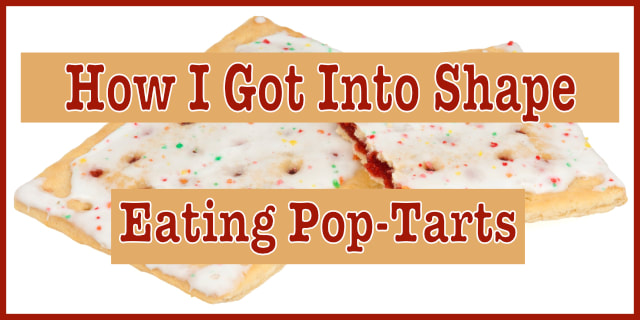
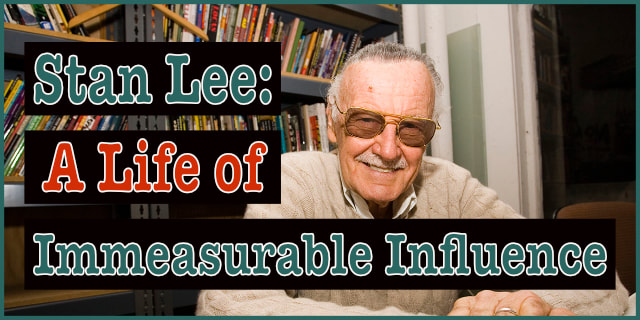
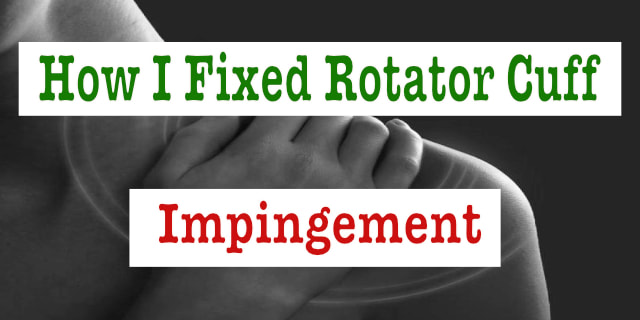
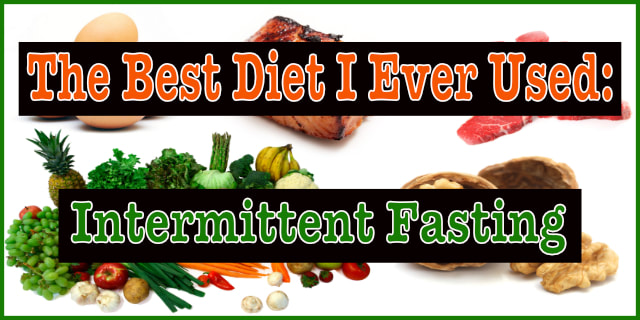
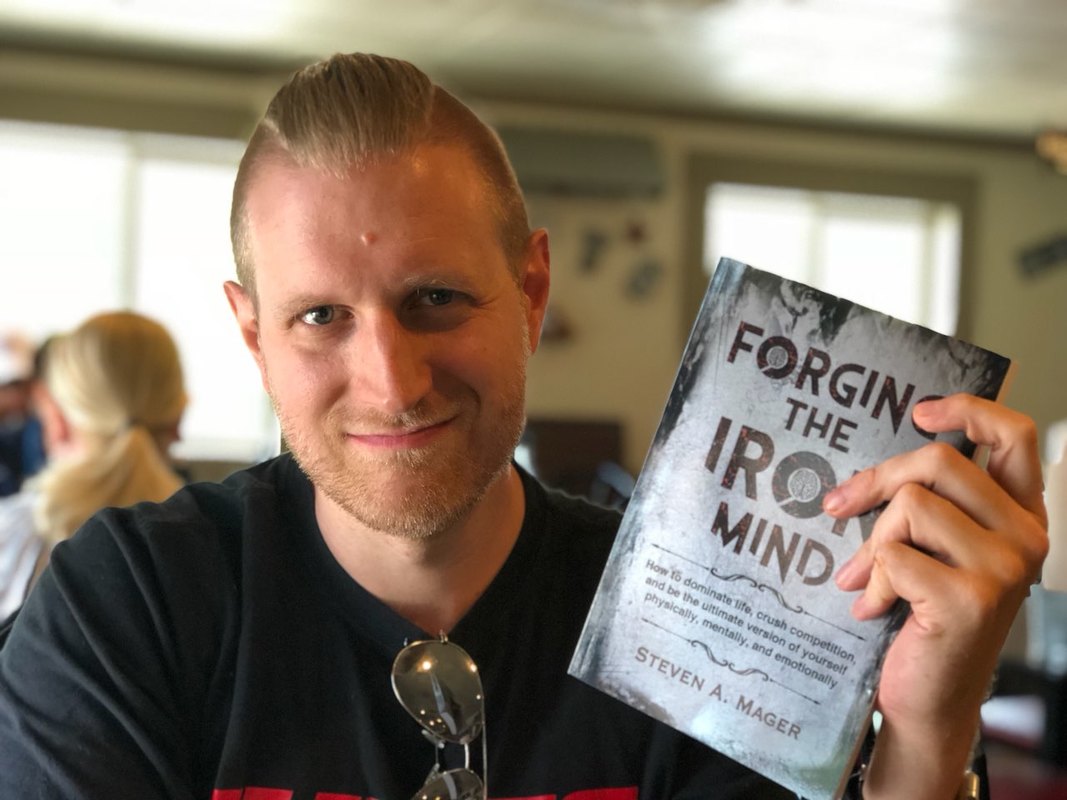
 RSS Feed
RSS Feed